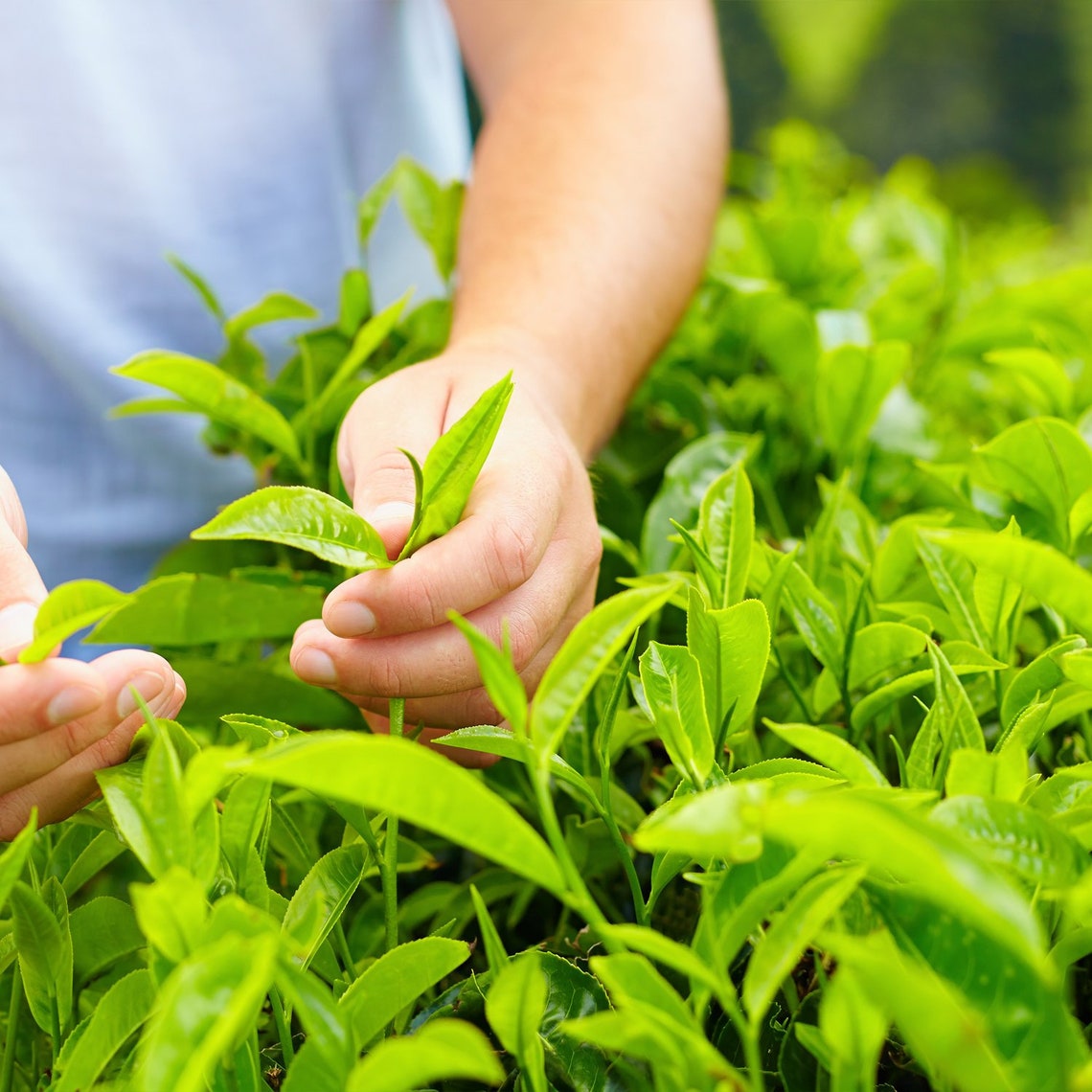
Ceylon Tea Plant Seeds Camellia sinensis best quality seeds Etsy
Leave them there for 2 days. After 2 days, separate the seeds from the water and spread them out on a tray. Then, place the seeds on a tray and leave them somewhere sunny, covering them with an inch of vermiculite. Mist them frequently with water, always keeping the seeds damp. In 6 to 8 weeks they will germinate.

Tea Plant Seed Propagation Learn How To Plant Tea Seeds
List of Tea Plants Tea From Plant Leaves Tea From Fruit Tea From Flowers Tea From Roots Tea From Seeds Frequently Asked Questions Resources Camellia sinesis tea plant Camellia sinensis var. sinesis originates from China and is hardy in USDA Zones 7-9, sun to part-shade.

Tea Seed Germination, Conditions, Time, Process Agri Farming
Whether you're looking for a refreshing mint tea or a bright citrus flavor, all you have to do is turn to your garden. Join us as we cover 21 of the best plants to grow in an herbal tea garden. Lemon balm is a fragrant, easy-to-grow perennial herb used for tea or as a bouquet filler. Melissa officinalis.
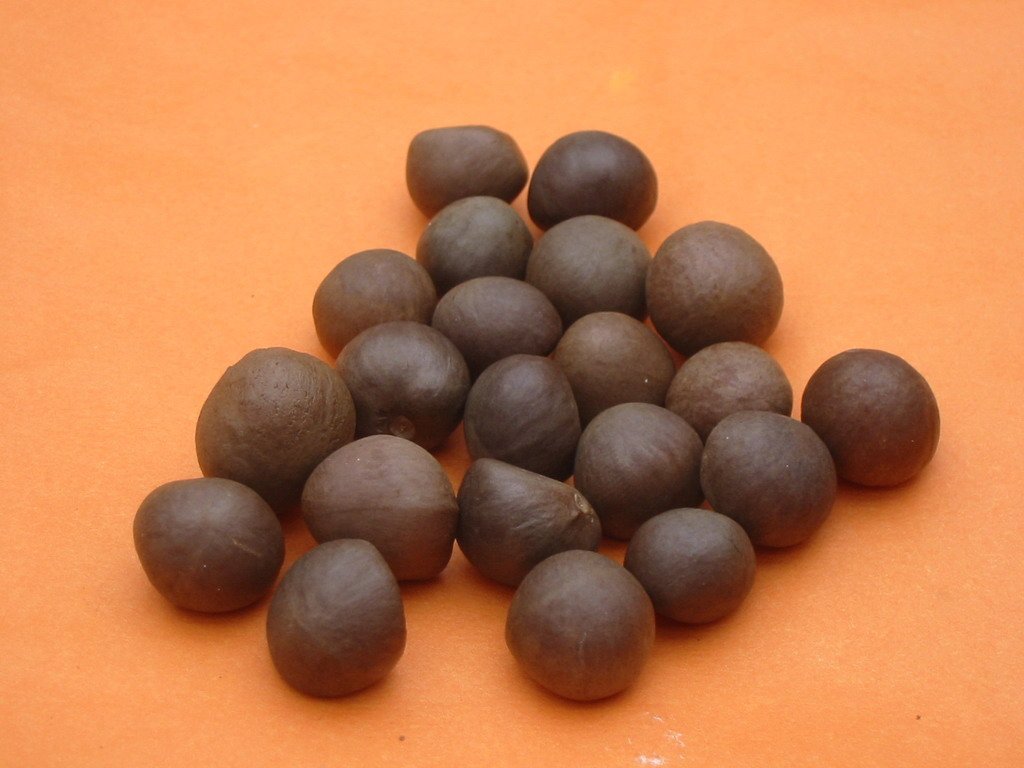
Tea Seed products,Turkey Tea Seed supplier
Germination. Keep the soil moist and in a warm, sunny position, hopefully, germination will occur 6-8 weeks later. Once germination of your tea seeds has occurred and the plants have developed 3 or 4 leaves, it is time to separate them into pots using ericaceous compost. Move to a warm, but partially shaded position, spray regularly to keep the.
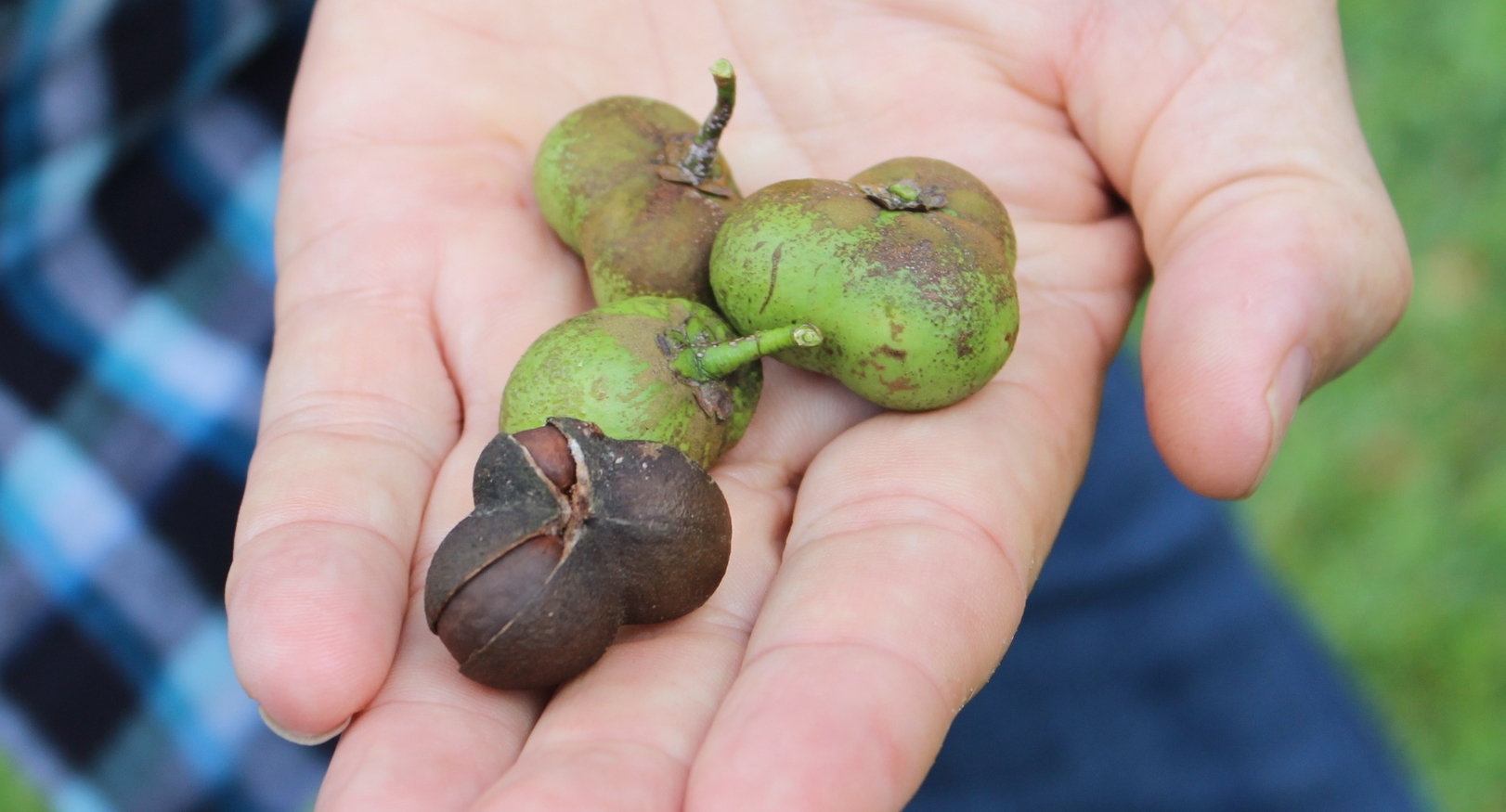
Introduction To The Tea Plant Camellia Sinensis — Leaf Logic Wellness Tea
Growing Zones Tea grows in zones 6-9. Sun Requirements Camellia sinensis needs to be planted in a bright, sheltered location, with partial shade in the heat of the day. The Indian cultivar can handle more sun and warmer temps. Soil Requirements Tea is an acid-loving plant that prefers a pH between 4.5-6.5.
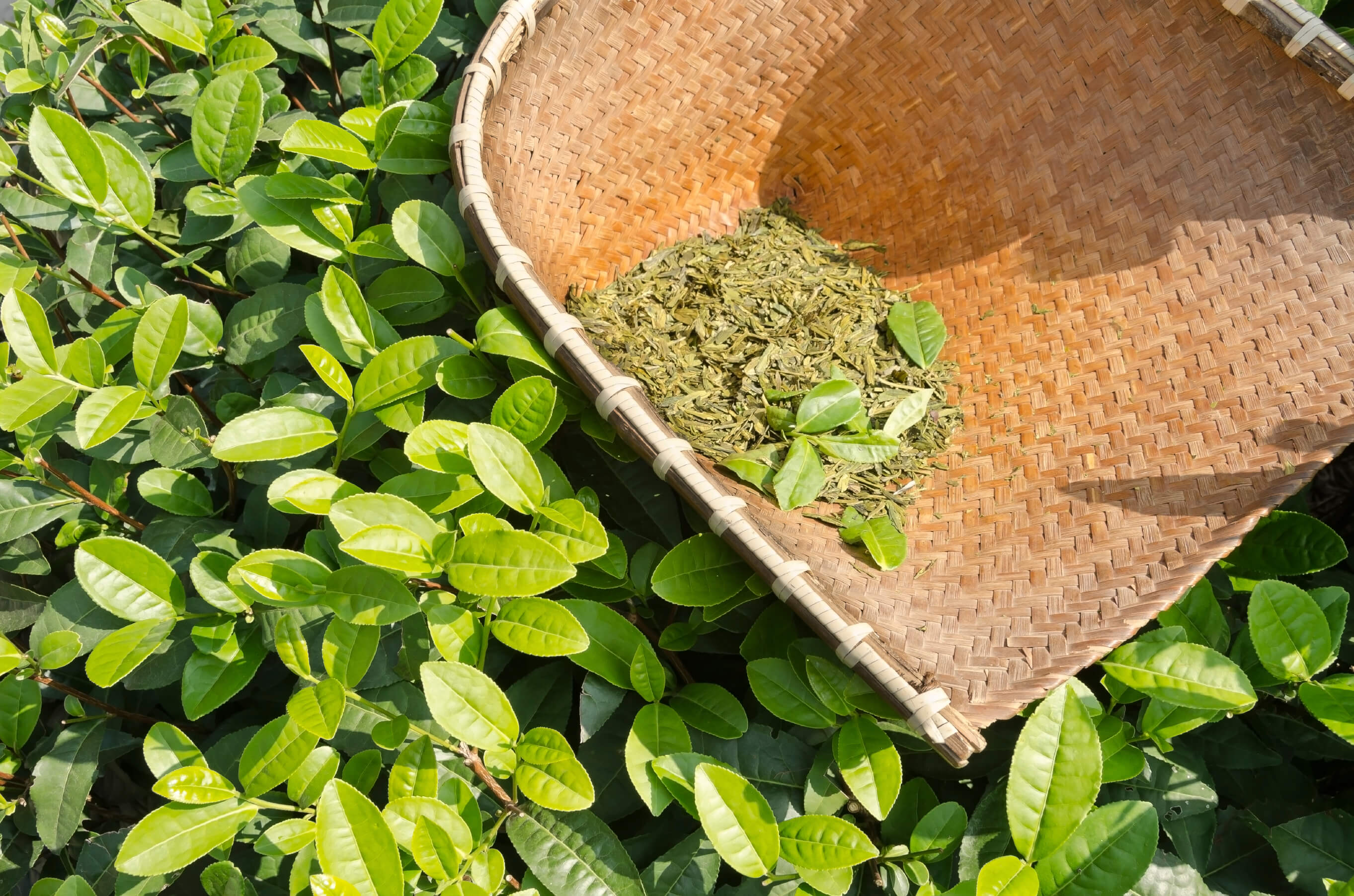
Get to Know Green Tea Yogi Tea
Updated on 11/19/19 Flavia Morlachetti / Getty Images Grow real tea (botanical name: Camellia sinensis) at home. You don't need a large garden to grow your own tea; a planter on a balcony would work just fine. Understanding the tea plant, its growing requirements, and how to harvest the leaves will allow you to enjoy homegrown tea.
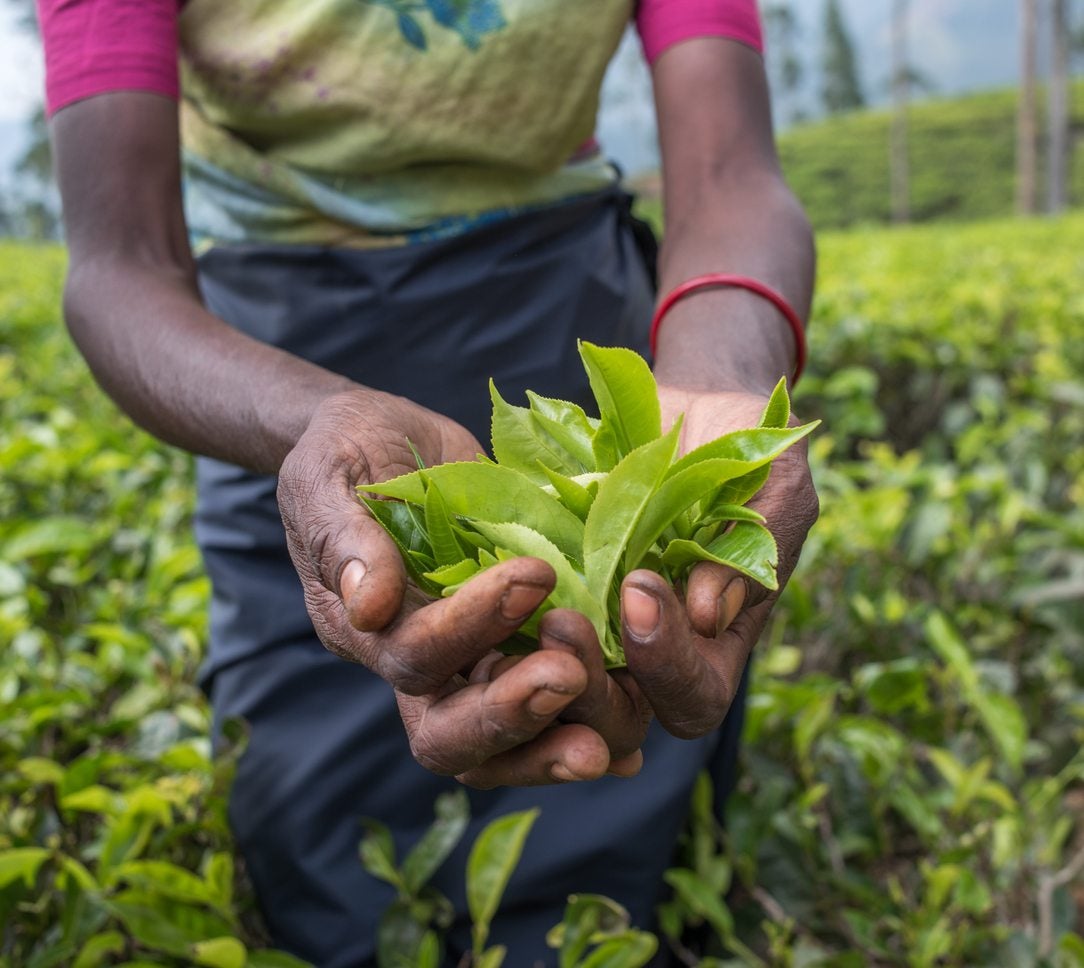
Harvesting Tea Plants Tips On How To Harvest Camellia Sinensis
Tea, Camellia sinensis Write a review Make your own dried tea leaves. Harvest leaves all summer long to dry and make into delightful rich green or black tea. This shrub will flower in the fall. Perennial in zones 8-11. Read less PLEASE SELECT Qty Add to Cart Add to Wish List
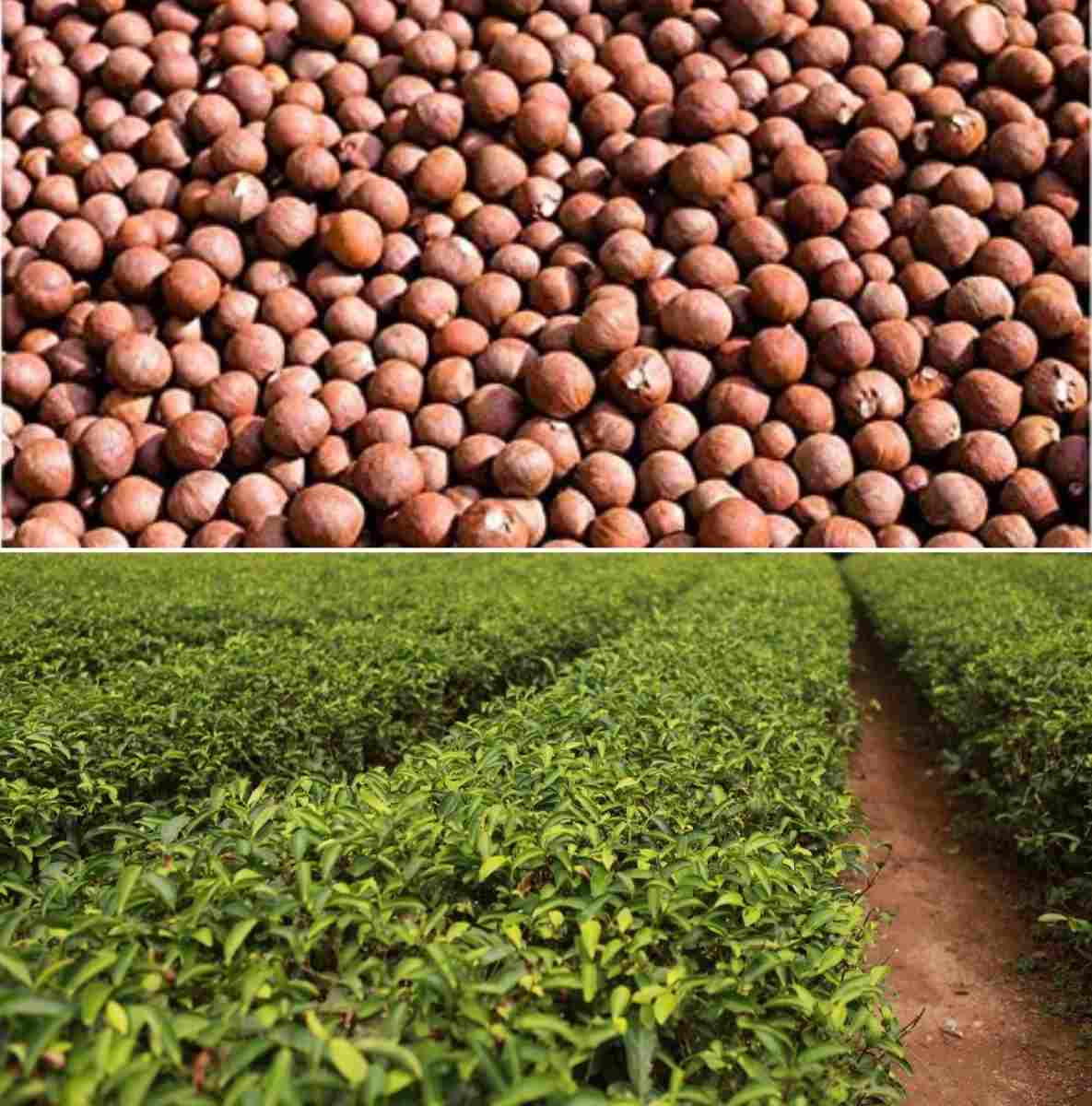
Tea Seed Germination, Conditions, Time, Process Agri Farming
The Tea Camellia is a hardy evergreen shrub or small tree that is probably the most widely grown Camellia in the world traditionally used for caffeinated teas.. foundation planting, hedge, or an attractive patio or container plant. For optimal tea production, it is best to prune to 4-5' just before spring growth to encourage shoots.

Rare Seeds Tea Tree Seeds, tea plant, tea shrub (Camellia sinensis)
Plant the tea seedlings or seeds: Dig a hole slightly larger than the root ball of the seedling or sow the seeds directly in the soil. Space the plants about 3 to 4 feet apart. Water and care for the plants: Tea plants require regular watering, especially during dry periods. Mulch around the plants to conserve moisture and suppress weeds.

Tea Tree Seeds, tea plant, tea shrub (Camellia sinensis) Price...
Planting Tea Seeds: A Step-by-Step Process. Plant the tea seeds with cracked hulls in a well-draining potting medium. A mixture of half potting soil and half perlite or vermiculite works best. Bury the seeds approximately an inch (2.5 cm.) below the soil's surface, positioning the eye (hilum) horizontally and parallel to the soil.

Tea Tree Seeds, tea plant, tea shrub (Camellia sinensis) Price...
Camellia sinensis is a species of evergreen shrub or small tree in the flowering plant family Theaceae. Its leaves, leaf buds, and stems can be used to produce tea. Common names include tea plant, tea shrub, and tea tree (unrelated to Melaleuca alternifolia, the source of tea tree oil, or the genus Leptospermum commonly called tea tree).

Tea Plants Seeds Plants BN
1. Camellia sinensis var. sinensis: The sinensis variation of the tea plant produces hardy, small-leafed teas that typically yield milder flavors of green or white tea. 2. Camellia sinensis var. assamica: The assamica variation of the tea plant produces larger-leafed teas.

50+ Fresh Green Tea Plant Seeds Camellia Sinensis Original Green
Camellia sinensis, the tea plant, is an evergreen shrub that thrives in cool, moist regions where it attains heights of 20 feet (6 m.) with a broad 15-foot (about 4.5 m.) wide canopy. Growing tea from seeds is best accomplished in USDA zones 9-11. While tea plants are usually propagated via cuttings, it is possible to grow a tea plant from seed.
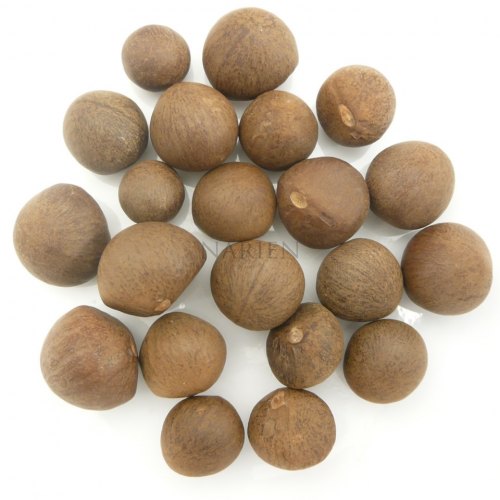
Tea Seeds (Camellia Sinensis) Narien
Planting Tea Plant Seeds Fill up 4-inch plastic pots or planting packs with a good-quality soil-less seed-raising medium until the containers are full to about 1/2 inch from the top. The ideal medium for germinating tea plant seeds should have good drainage and excellent moisture-holding capabilities.

Innovation and a New Use for Japanese Tea Plants World Tea News
Quick Answer Tea Germination from Seed Watch on Growing tea from seed is an exciting and rewarding journey that allows you to cultivate your own tea plants and enjoy the freshest brews. While it requires patience and dedication, the process can be simplified by following a few key steps: Choose high-quality tea seeds from reputable sources.
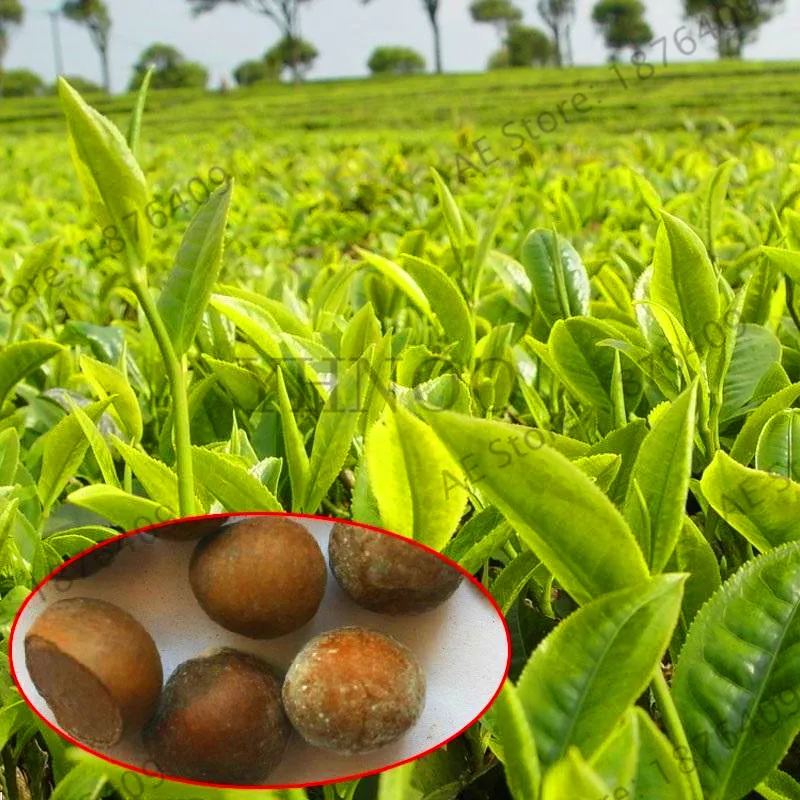
Buy Hot Sale!5pcs/pack Chinese Green Tea Tree flores
Planting the Seeds: Nurturing Tea Plant Saplings. Prepare a well-draining potting medium by combining equal parts potting soil and perlite or vermiculite. Bury the cracked tea seeds about an inch (2.5 cm.) below the surface, ensuring that the eye (hilum) is in a horizontal position parallel to the soil. Maintain consistent moisture for the.